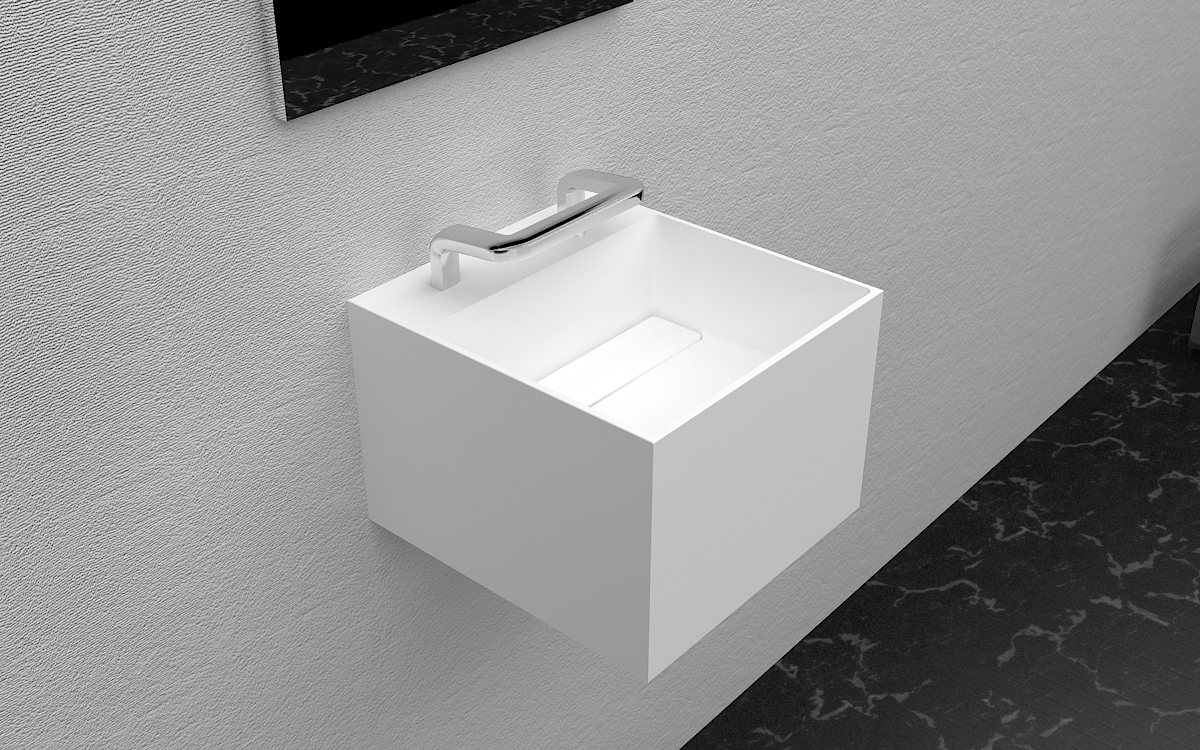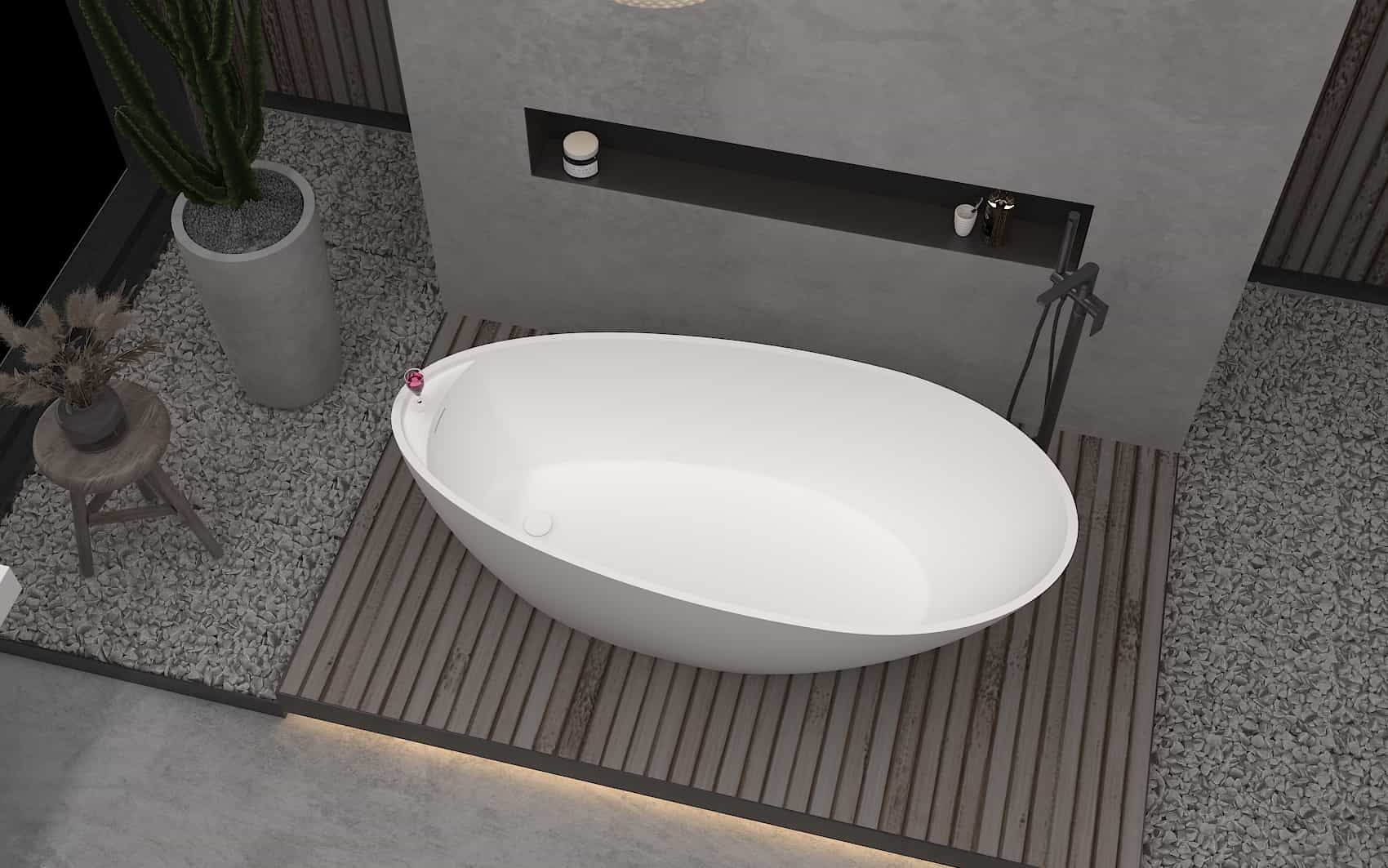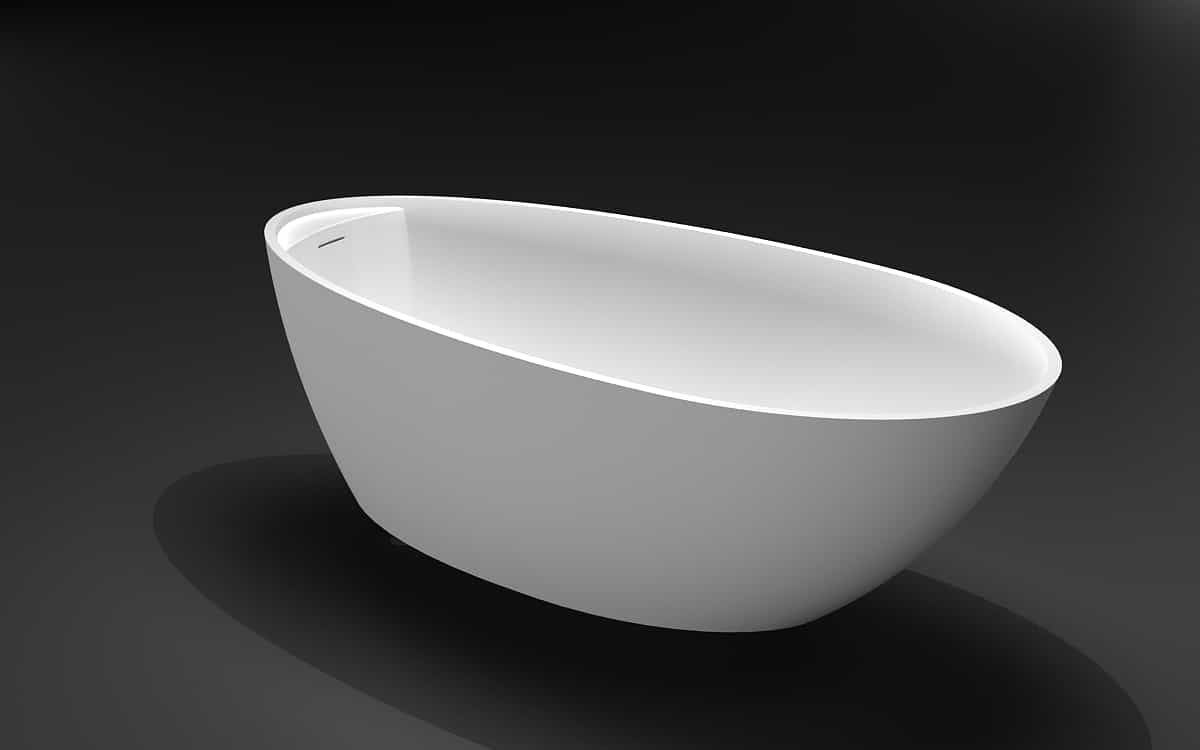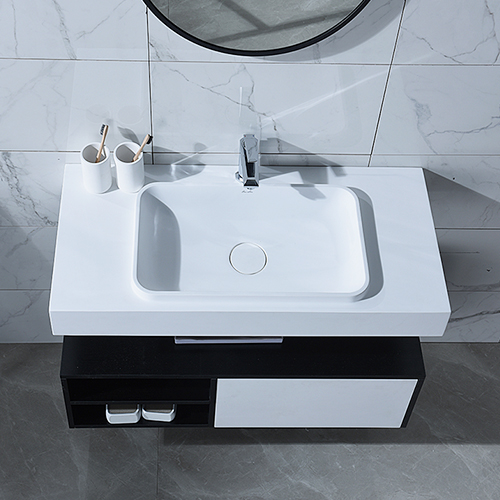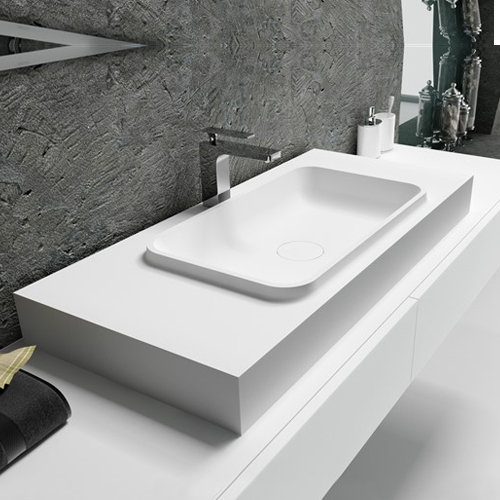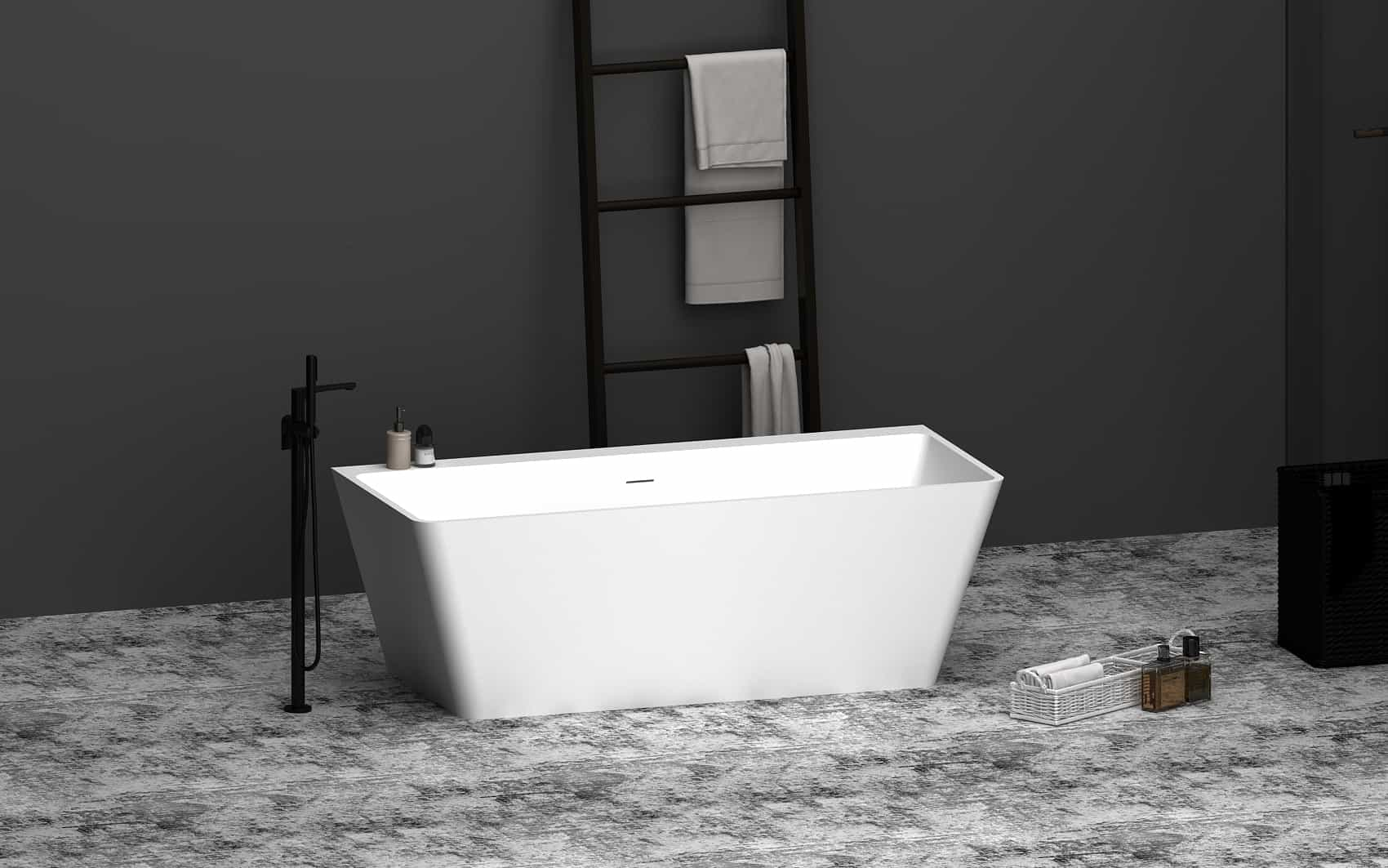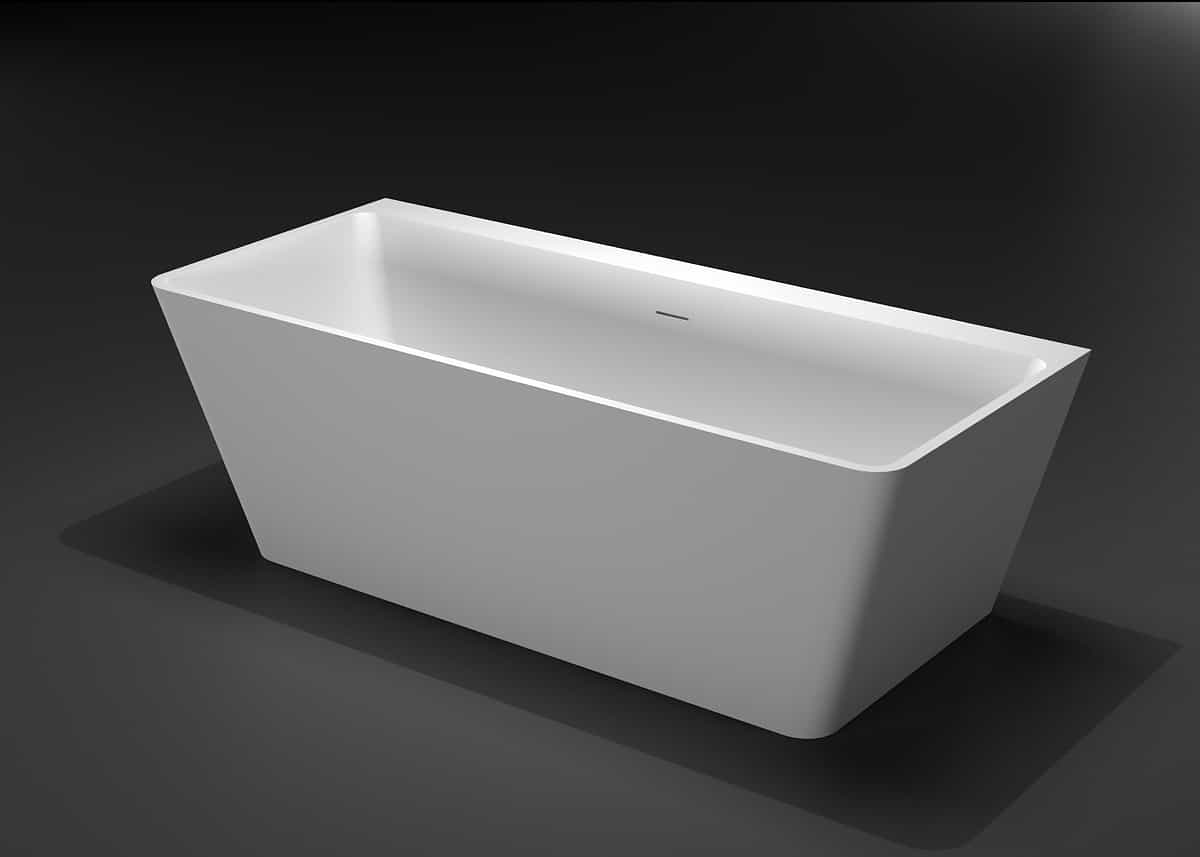
1. Construction procedures for pasting wall tiles
Wall ceramic tile paste is one of the technical tasks that bricklayers are mainly engaged in in home decoration projects. The standard pasting procedure for ceramic tiles on the wall is: cleaning of the base layer → plastering the bottom ash → selecting bricks → soaking → arranging bricks → snapping lines → pasting standard points → pasting tiles → pointing → wiping seams → cleaning.
The paste quality of ceramic tiles on the wall directly affects the decoration effect, especially the paste quality of dark and colored sleeve surface tiles, which is more prominent in the evaluation of the quality of home decoration. Construction must be strictly in accordance with standardized procedures to ensure quality.
2. Construction specifications for pasting wall tiles
(1) When treating the base, all kinds of dirt on the wall should be cleaned up, and watered and moistened one day in advance. If the base layer is a new wall, when the cement mortar is 70% dry, the bricks should be arranged, stretched, and the facing bricks should be pasted.
(2) Standard points must be pasted before formal pasting to control the flatness of the pasting surface. During operation, use a ruler to check the flatness at any time. If it is not flat or straight, remove it and re-stick it.
(3) The tiles must be soaked in clean water for more than two hours before pasting, subject to the fact that the tiles do not bubble, take them out and dry them for later use. Paste from bottom to top when pasting, and the mortar is required to be full. When the dust is lost, it must be removed and re-adhesive. It is not allowed to fill the mortar from the brick joints and mouths.
(4) When laying and sticking, when encountering pipelines, light switches, supporting parts of toilet equipment, etc., they must be cut and matched with whole bricks, and it is forbidden to use non-whole bricks to piece together and paste. It is advisable to complete the pasting of the whole room or individual parts at one time. If it cannot be completed at one time, the stubble should be left at the construction joint or the inner corner.
3. Acceptance of wall tile pasting
The wall tiles must be pasted firmly, without defects such as skew, missing edges, corners and cracks. The surface of the wall tiles should be smooth and clean, with coordinated color and reasonable pattern arrangement, without discoloration, efflorescence, stains and obvious gloss damage. The joints of bricks shall be densely filled, straight, uniform in width and uniform in color, and the overlapping direction of the inner and outer corners shall be correct. The parts of the non-whole bricks are appropriate and arranged straight. The reserved hole size is correct and the edges are neat. Check that the flatness error is less than 2 mm, the vertical error of the facade is less than 2 mm, the seam height deviation is less than 0.5 mm, and the flatness is less than 2 mm.
4. Common quality problems and solutions for wall tile pasting
The common quality defects of wall tile paste are hollowing, discoloration, uneven joints and surface cracks.
(1) Empty drum falling off: the main reason is that the bonding material is not sufficient, the bricks are not soaked enough and the base layer is not clean. During construction, the sleeve surface bricks must be clean, soaked for no less than 2 hours, and the bonding thickness should be controlled between 7-10 mm, not too thick or too thin. When pasting, it is necessary to make the facing brick and the bottom layer stick tightly, and you can tap it lightly with a wooden hammer. When hollowing occurs, the wall tiles should be removed, the original bonding mortar should be shoveled off, and cement mortar with a total volume of 37% glue should be used for repair.
(2) Discoloration: The main reason is that in addition to the poor quality of the tiles and the thin shaft surface, improper operation methods are also important factors. Materials should be strictly selected during construction, and clean water should be used for soaking sleeve tiles. Paste cement mortar should use pure sand and cement. During operation, the residual mortar on the brick surface should be cleaned at any time. If the wall tiles with large discoloration should be updated.
(3) The joints are not straight: the main reason is that there are differences in the specifications of the bricks and improper construction. Face bricks should be carefully selected during construction, and those of the same size should be grouped together for one wall. The standard point must be pasted, and the standard point should be based on the ruler that can be up. After each line is pasted, it should be checked horizontally and vertically with the ruler in time, and corrected in time. If the joint exceeds the allowable error, the wall tiles should be removed in time for rework.
5. Estimated construction period for wall tile pasting
Wall tile pasting is a highly technical construction project, which is time-consuming. Under the condition that the auxiliary materials are prepared and the grass-roots treatment is good, each worker can complete about 5 square meters a day. Generally, home decoration paves and glues bathroom and kitchen walls. It takes about 7 days. Different specifications of ceramic wall tiles, different binders used, and differences in the number of base wall pipelines will all affect the construction period. Therefore, the actual construction period should be determined according to the site conditions. The pasting construction of wall tiles can be carried out in parallel or crosswise with other projects, but attention should be paid to the protection of finished products.







